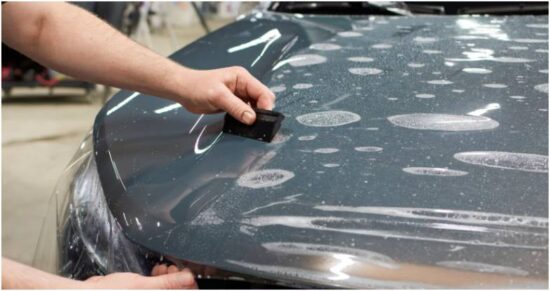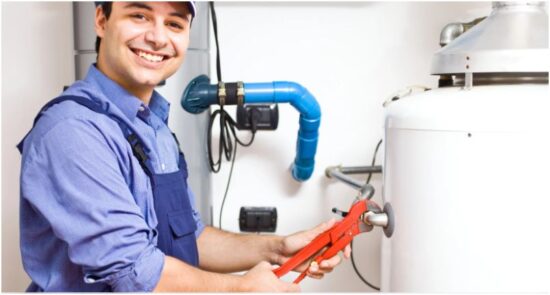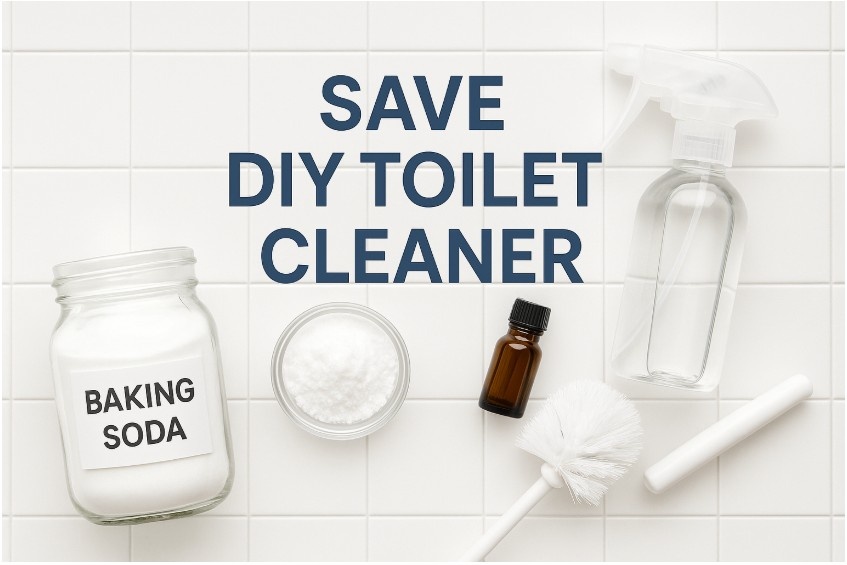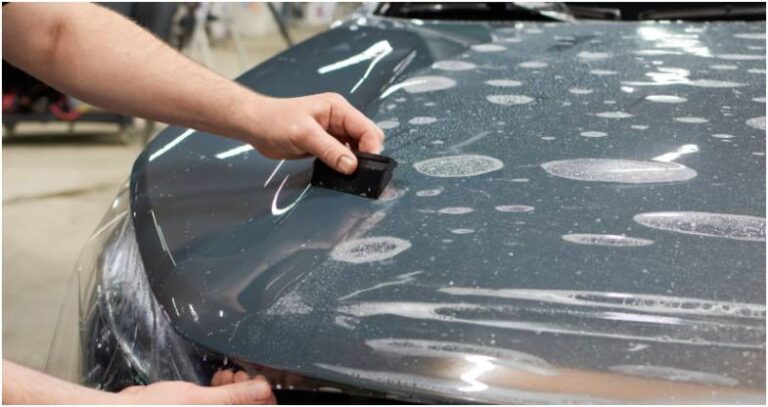If you’re searching for ways to save DIY toilet cleaner costs without sacrificing results, you’re in the right place. Below, I’ve pulled what top-performing cleaning guides get right—simple ingredients, clear safety warnings, and realistic expectations—then distilled it into one practical, fact-checked playbook you can trust.
Why DIY Toilet Cleaner Works (and When It Doesn’t)
Most popular guides lean on pantry staples like baking soda, white vinegar, citric acid, and hydrogen peroxide because they deodorize, lift light soils, and are budget-friendly. That said, don’t expect heavy-duty descaling (thick limescale rings) without some scrubbing or a specialty product. Plumbers and cleaning pros commonly point to vinegar for routine tank/bowl mineral buildup and baking soda for gentle abrasion and odor control—both safe for toilets and septic systems when used sensibly.
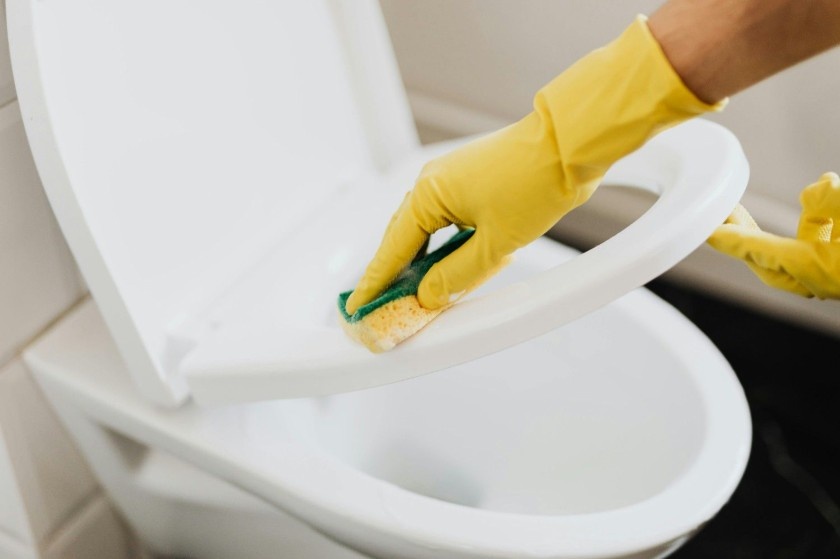
Safety First: The Rules You Must Follow
The biggest mistake in viral “cleaning hacks” is mixing the wrong chemicals. Never mix bleach with vinegar (chlorine gas) or with ammonia (chloramines). Also avoid pairing hydrogen peroxide with vinegar in the same container (it forms peracetic acid). These combos can produce dangerous fumes—especially risky in small bathrooms. If you ever accidentally mix them and notice a pungent, irritating odor, get fresh air immediately and seek medical advice if you have symptoms.
Pro tip: If you prefer store-bought, look for EPA Safer Choice–certified toilet products; they’re screened against strict human and environmental criteria.
Homemade Formulas That Balance Cost, Safety, and Performance
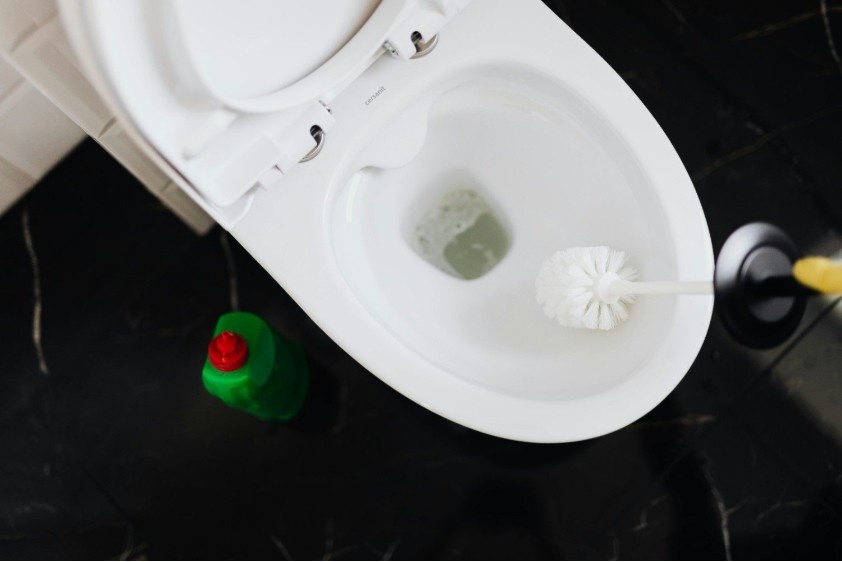
1) Everyday Fizzy Bowl Clean (Citric + Soda)
This mirrors what many high-ranking tutorials recommend for “maintenance cleans” between deep scrubs.
- 1 cup baking soda
- ¼ cup citric acid
- Optional: 15–20 drops essential oil for scent
How to use: Sprinkle the dry mix into the bowl, then pour in ~½ cup white vinegar around the rim. Let it fizz 5–10 minutes and scrub. The fizz helps lift light soil; citric acid targets mineral deposits. (Avoid mixing in sealed bottles; let the reaction happen in-bowl.)
Expectation check: Baking soda + vinegar neutralize each other, so don’t rely on the foam alone to “disinfect.” The action helps loosen grime; your brush still does the heavy lifting.
2) Hydrogen Peroxide Boost (Bleach Alternative Feel)
- 1 cup baking soda
- ½ cup 3% hydrogen peroxide
- 1 tablespoon liquid castile soap
How to use: Stir into a spreadable paste. Apply to bowl sides and under rim. Wait 10 minutes, scrub, flush. Hydrogen peroxide adds mild sanitizing power without chlorine bleach (still, don’t combine it with vinegar in the same bottle).
3) No-Splash Spray for Seats & Exterior
- 1 cup distilled water
- 1 cup white vinegar
- 1 teaspoon mild dish soap
How to use: Spray on the seat, lid, and exterior porcelain; wipe with a clean cloth. Keep this mix away from bleach (for example, don’t spray on a surface that still has bleach residue).
Tank Talk: What to Do (and What to Avoid)
Some blogs suggest adding vinegar to the tank to fight mineral buildup. Many pros do recommend vinegar for tank cleaning because it’s inexpensive and non-corrosive to internal parts when used properly (soak/rinse—not perpetual immersion). However, continual use of strong acids or dropping random chemical blocks in the tank can degrade rubber gaskets and seals over time, causing leaks. Clean the tank periodically and rinse thoroughly.
How Often Should You Clean?
- High-use bathrooms: quick maintenance 2–3× weekly; deeper scrub weekly
- Low-use bathrooms/guest baths: weekly or biweekly is fine
- Hard water homes: add a citric-acid maintenance clean weekly to stay ahead of scale
Keyword-Focused Guide: Save DIY Toilet Cleaner Costs in Minutes
Yes, you can save DIY toilet cleaner spend by batching mixes. Blend the dry fizz mix (baking soda + citric acid) in a sealed jar and portion a few tablespoons per clean. Buy ingredients in bulk (warehouse clubs or online), and you’ll cut your per-clean cost dramatically versus single-use commercial tabs. For sanitizing needs, keep a small bottle of 3% hydrogen peroxide on hand and use it separately (never premix with vinegar).
Frequently Asked Questions
1. Is baking soda safe for toilets and septic systems?
Yes. Baking soda is safe for bowls and septic systems and can help with odor control. It’s a gentle abrasive for regular maintenance.
2. Can I mix bleach with my DIY cleaner for extra power?
No. Never mix bleach with vinegar, ammonia, or many other cleaners; it can release toxic gases like chlorine or chloramines. If you’ve used bleach recently, rinse thoroughly and let surfaces dry before applying anything acidic.
3. Do vinegar-and-baking-soda “bombs” disinfect?
They’re great for deodorizing and loosening grime, but the fizzing reaction isn’t a hospital-grade disinfectant. Scrubbing still matters. For a non-chlorine boost, use 3% hydrogen peroxide separately—don’t bottle it with vinegar.
4. Is it okay to clean the toilet tank with vinegar?
Periodic vinegar soaks are commonly recommended by pros for mineral buildup, but avoid leaving strong chemicals in the tank long-term. Prolonged exposure to harsh agents can degrade rubber parts and cause leaks. Rinse thoroughly after soaking.
A Quick, No-Drama Routine That Works
- Sprinkle the dry fizz mix (baking soda + citric acid).
- Pour vinegar around the rim; let it fizz 5–10 minutes.
- Scrub under the rim and the waterline; flush.
- Spot-sanitize by spraying hydrogen peroxide on the bowl sides and exterior, wait a few minutes, then wipe (keep peroxide and vinegar separate).
Smarter, Safer Suds: Your Bottom-Line Takeaway
To truly save DIY toilet cleaner spend, keep it simple: a dry fizz mix for routine cleans, peroxide (used separately) when you want a little extra hygiene, and a soft brush for elbow grease. Skip risky mixtures, respect contact times, and clean regularly so buildup never gets the upper hand. If you ever need a store-bought backup, reach for an EPA Safer Choice–certified bowl cleaner and keep your routine consistent.
That balance—evidence-based safety, realistic expectations, and repeatable steps—is exactly what the best-ranking cleaning guides share, and it’s what will keep your bathroom fresh without draining your wallet.



